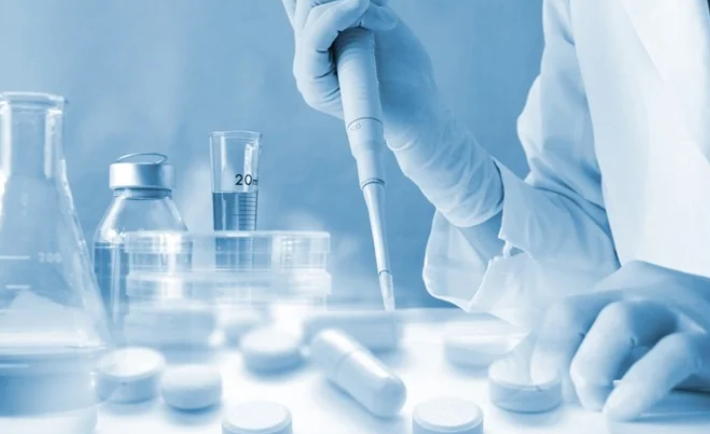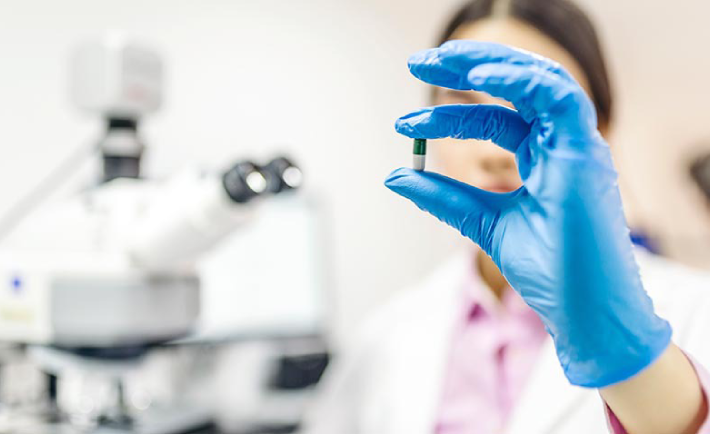Drug Development
What is Drug Development ?
Drug development is the process of bringing a new drug molecule into clinical practice. In its broadest definition this encompasses all steps from the basic research process of finding a suitable molecular target to supporting the commercial launch of the drug.


Why is Drug Development Important ?
The ultimate goal of drug development is to bring a new compound with proven therapeutic effect to the market. In this context, the transition from preclinical research to clinical stages marks a critical turning point, as it nears the new medicinal product to the market.
What is Drug discovery and development ?
Typically, researchers discover new drugs through: New insights into a disease process that allow researchers to design a product to stop or reverse the effects of the disease. Many tests of molecular compounds to find possible beneficial effects against any of a large number of diseases.


What are the 5 stages of Drug Development ?
- Step 1: Discovery and Development.
- Step 2: Preclinical Research.
- Step 3: Clinical Research.
- Step 4: FDA Drug Review.
- Step 5: FDA Post-Market Drug Safety Monitoring.
Why do drugs fail in Development process ?
Lack of efficacy in the intended disease indication is the major cause of clinical phase drug development failure. Explanations could include the poor external validity of pre-clinical (cell, tissue, and animal) models of human disease and the high false discovery rate (FDR) in preclinical science.


How long is the drug development process ?
On average, it takes at least ten years for a new medicine to complete the journey from initial discovery to the marketplace, with clinical trials alone taking six to seven years on average. The average cost to research and develop each successful drug is estimated to be $2.6 billion.
Clinical development of a drug: Clinical Development, also called Drug Development, is a blanket term used *to define the entire process of bringing a new drug or device to the market. It includes drug discovery/product development, pre-clinical research (microorganisms/animals)
Who is responsible for drug development?
Pharmaceutical scientists usually specialize in one aspect of the drug development process. They may: Design new drug therapies using natural or synthetic (man-made) ingredients. Uncover new ways to use existing drugs to treat different types of disease.
Drug life cycle
The development of a new therapeutic product (i.e., a new drug or biologic) is a long, complex and expensive process which typically takes 10 to 12 years (and sometimes more) from product identification to commercialization.


What is the first Synthetic
Drug ?
The first synthetic drug, chloral hydrate, was discovered in 1869 and introduced as a sedative-hypnotic; it is still available today in some countries.
The process of bringing a new pharmaceutical drug to the market once a lead compound has been identified through the process of drug discovery is known as Drug Development.
New Drug Development process must continue through several stages in order to make a medicine that is safe, effective, and has approved all regulatory requirements.
The process of Drug Development comprises all the activities involved in bringing a new drug to market once a lead compound has been identified. Once a single compound is selected, preclinical studies are performed to evaluate whether it is safe, effective at treating the condition it was developed for, and to determine the correct dosage and appropriate administration route.
Throughout the Drug Development process chemistry, manufacturing, and control (CMC) testing is required to ensure the drug product consistently meets pre-determined quality standards
Drug developers must also continuously adhere to current good manufacturing practices (cGMP).
Drug Development also produces vast amounts of data at every step of the workflow, all of which requires management and interpretation. We provide the most comprehensive and innovative line of instrumentation, software, reagents, and consumables, as well as state-of-the-art informatics and services that enable our customers to meet compliance requirements throughout the development process.

There are different stages of drug development.
STAGES OF DRUG DEVELOPMENT
- Discovery
- Product Characterization
- Formulation, Delivery, Packaging Development
- Pharmacokinetics And Drug Disposition
- Preclinical Toxicology Testing And IND Application
- Bioanalytical Testing
- Clinical Trials
Discovery(Drug Development)
Drug discovery involves screening hits, medicinal chemistry, and optimization of hits to reduce potential drug side effects (increasing affinity and selectivity). Efficacy or potency, metabolic stability (half-life), and oral bioavailability are also improved in this step of the drug development process. For drug discovery, two different complementary approaches can be applied: classical pharmacology, also known as phenotypic drug discovery, which is the historical basis of drug discovery, and reverse pharmacology or target-based drug discovery.


Product Characterization
Product characterization in Drug Development is the essential foundation for successful biological drug development. Product Characterization testing is used to gain an understanding of the physical and chemical properties of pharmaceutical materials. During process and drug development, these properties can have an impact on the product’s performance, ability to be processed, stability and appearance.
Formulation, Delivery, Packaging Development
Formulation development in Drug Development is a key area of product development that can determine patentability, lifecycle and, ultimately, the success of a pharmaceutical product. Formulation in drug development encompasses a very wide range of activities. Traditionally, formulation covers such functions as pre-formulation, including analytical assay development and characterization, excipient screening to stabilize or enhance the solubility of the product and dosage form development, whether it involves a solid, topical, aerosol, liquid or lyophilized dosage form. Formulation in drug development may also include assessing delivery options and delivery device compatibility.

Drug Delivery in Drug development is the method or process of administering a pharmaceutical compound to achieve a therapeutic effect in humans or animals. For the treatment of human diseases, nasal and pulmonary routes of drug delivery are gaining increasing importance.
Packaging in drug development is as important as the formulation development of these products. Packaging of pharmaceuticals is an unavoidable parameter from the manufacturer, retailer, and consumer. Pharmaceutical packaging system involves primary, secondary, and tertiary packaging to ensure maximum safety, stability, and efficacy of packed product.
Drug disposition in Drug Development describes how drugs enter and exit the body and explains how concentrations in the body change over time .Four basic processes explain the disposition of drugs through the body: absorption, distribution, metabolism, and excretion.
Preclinical testing analyzes the bioactivity, safety, and efficacy of the formulated drug product. This testing is critical to a drug’s eventual success and, as such, is scrutinized by many regulatory entities.
The investigational new drug (IND) application is the result of a successful preclinical development program. The IND is also the vehicle through which a sponsor advances to the next stage of drug development known as clinical trials (human trials).
Bioanalytical Testing
Bioanalytical testing is the drug metabolism and pharmcokinetics function that deals with the quantitative measurement of the drug in biological matrices such as plasma, urine and tissue samples for determination of pharmacokinetics and pharmacodynamics.
a bioanalytical method is used for “quantitative determination of drugs and/or metabolites in biological matrices such as blood, serum, plasma, or urine tissue and skin samples.


Clinical Trials(Drug Development)
As we all know Clinical trials are research studies performed in people that are aimed at evaluating a medical, surgical, or behavioral intervention. They are the primary way that researchers find out if a new treatment, like a new drug or diet or medical device (for example, a pacemaker) is safe and effective in people.
